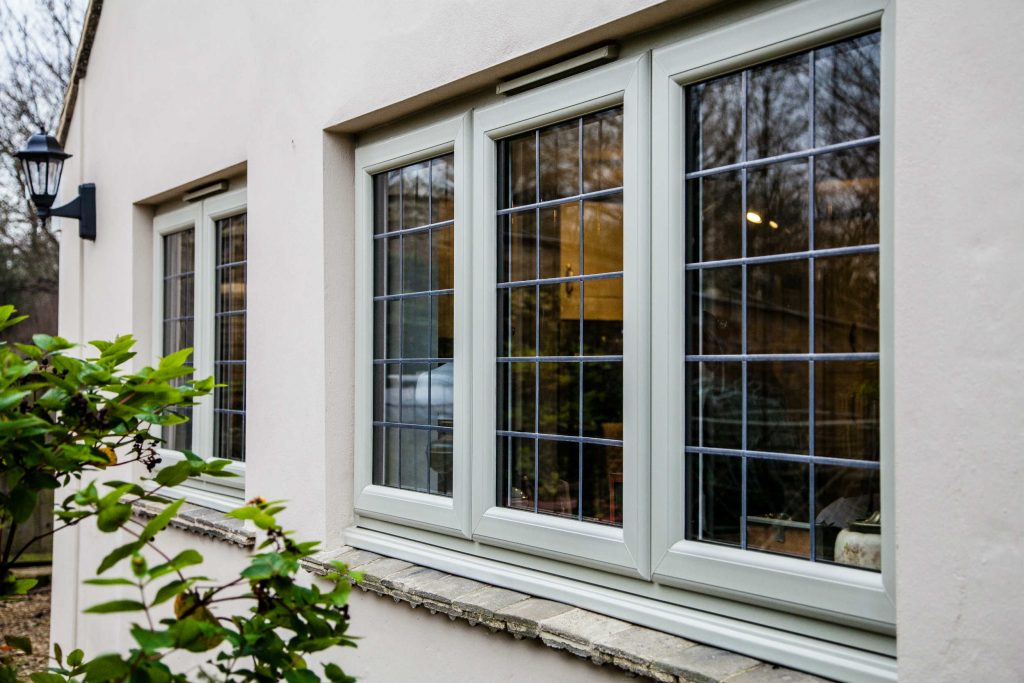All Categories
Featured
Table of Contents
Double Glazing Versus Secondary Glazing in Parmelia WA
Laminated glass is frequently used in locations in the house most vulnerable to injury from human effect such as restrooms, doors, around staircases and in locations near the flooring (it fulfills the requirements of 'security glass' that is mandated for use in these locations by Australian Standard AS 1288 Glass in structures).
Toughened glass has been 'tempered' by being reheated and quickly cooled again. This process makes it much more powerful than standard glass it can resist greater effect loads prior to breaking. It likewise makes it more secure since, when it does shatter, it breaks into numerous little cubic pieces rather than unsafe fragments.
Carnegie 3163, Vic. Amazing Service By Aps Double Glazing in Jolimont Perth
However, toughened glass has no thermal or acoustic benefits over other glass of the very same toning or thickness. Secondary glazing is where single-glazed windows are retrofitted with a transparent acrylic or glass sheet connected to the within of the frame or openable sash with a secondary frame or with magnetic strips.


Secondary glazing will not perform as well thermally as a manufactured IGU, because it is impossible to totally seal the border, but it can provide good noise control. Window films are a thin polymer movie containing an absorbing color or reflective metal layer, with an adhesive backing. They stay with your glazing to change its colour or make it reflective.
Is Double Glazing Worth It? in East Fremantle Western Australia
Applied to existing glass, some window films can halve the total SHGC of the window by taking in and/or showing solar radiation. This can be particularly useful in hotter climates where cooling is the primary concern, or on east and west elevations directly exposed to long periods of sunshine. However, window movies may likewise lower visible light transmittance.

For this factor, it is usually best to use a recognized installer of window movie. Frames have a substantial influence on the thermal efficiency of windows and doors, since energy can be gotten and lost through the frame, as well as through the glass. Different types of frame will permit various levels of heat gain and loss, so mindful choice of frame is essential for efficient passive style.
The Science Behind Double Glazed Windows in Gooseberry Hill Perth
However, aluminium is likewise an extremely good conductor of heat and will decrease the insulating worth of a glazing system, unless particularly crafted to reduce this. A 'thermally broken' frame is comprised of 2 aluminium sections linked by a structural insulator (generally a low-conductivity structural polymer). This 'breaks' the thermal connection through the aluminium and lowers the heat flowing through the frame.
Lumber frames are an excellent natural insulator that can match some house designs. Wood frames must be made from types that have naturally high toughness or be dealt with to prevent decay and contortion.
Best Way To Block Sun Heat From Windows [Professionally] in Osborne Park Western Australia
This can result in gaps that enable air seepage unless great draught sealing (weather stripping) is set up. u, PVC is a kind of plastic (unplasticised polyvinyl chloride, also known as stiff PVC). u, PVC frames supply excellent thermal efficiency, often better than lumber or thermally broken aluminium. u, PVC is long enduring and needs really little upkeep, and can be moulded into intricate profiles that supply outstanding air seals.
u, PVC windows and doors have exceptional thermal efficiency Picture: Ben Wrigley (Light Home Architecture and Science) Composite frames utilize aluminium profiles on the external sections with either a timber or u, PVC inner section. These combine the low maintenance and resilience of aluminium with much enhanced thermal efficiency.
Table of Contents
Latest Posts
A Complete Guide To Double Glazed Windows in Wexcombe Western Australia
Which Type Of Glass Is Best For Energy Efficiency? - A&l Windows in Boya Perth
Insulated Glass Unit – Igu in Joondanna Perth
More
Latest Posts
A Complete Guide To Double Glazed Windows in Wexcombe Western Australia
Which Type Of Glass Is Best For Energy Efficiency? - A&l Windows in Boya Perth
Insulated Glass Unit – Igu in Joondanna Perth